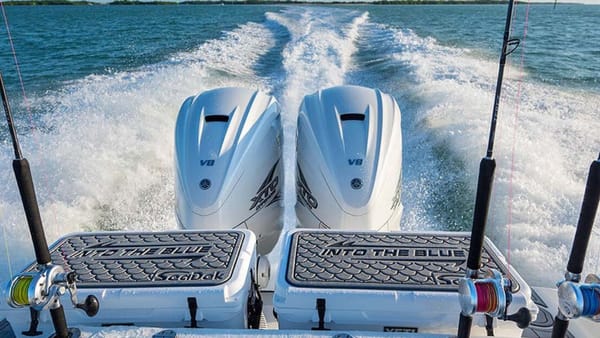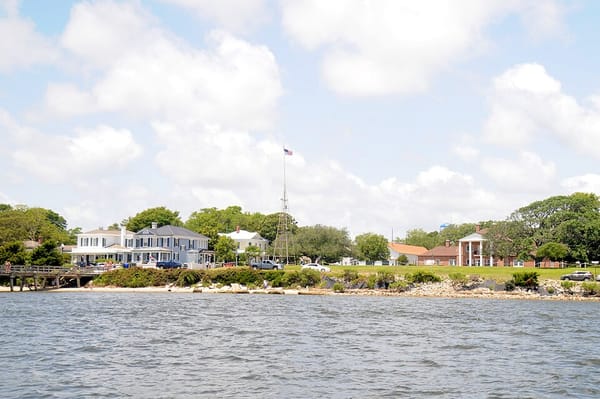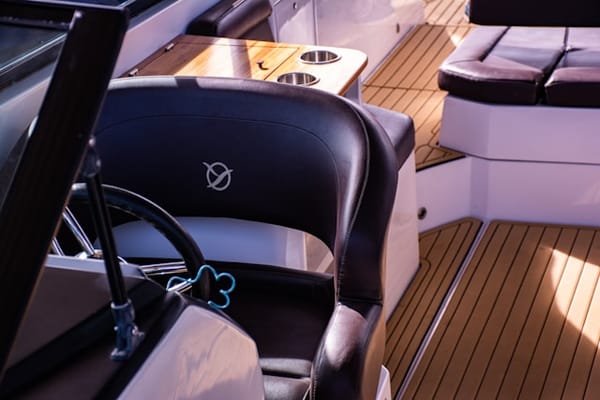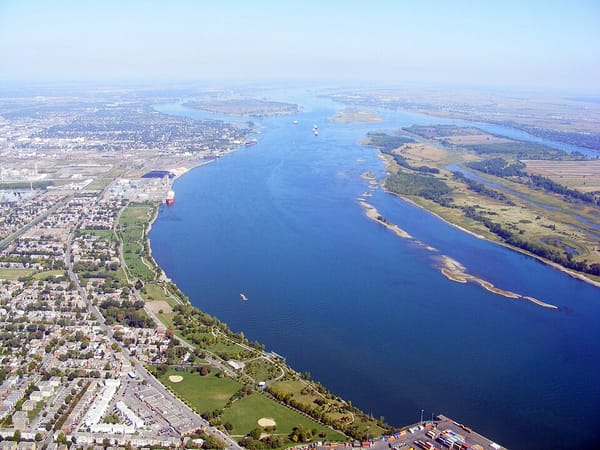Oh Barnacles! What are these Crusty Creatures and How do you Get Rid of Them?
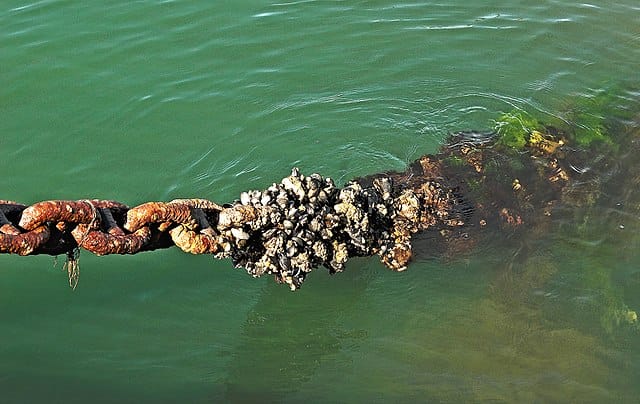
Fans of Spongebob Squarepants are well familiar with the concept of barnacles. Whether it’s aquatic acne, an underwater superhero or euphemisms for certain sailor words, this super fun and spongy ‘toon gives all sorts of reasons to question just what exactly these crusty creatures are. And how do you get rid of them when they’re attached to boat hulls, pilings, ladders or private boat dock rentals?
Along with the warm waters of Bikini Bottom and the South Pacific, barnacles live in salty waterways around the world, including the Chesapeake Bay, the Gulf of Mexico and the Atlantic Ocean.
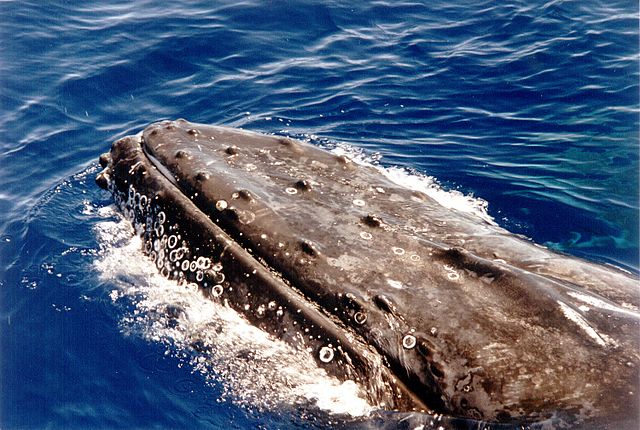
Photo: Wikimedia/Rainer J. Wagner/CC by SA 3.0
These seemingly inconspicuous creatures possess a fascinating array of adaptations and ecological significance. Barnacles are masters of attachment. They adhere themselves firmly to a variety of structures, including rocks, piers, private boat slip rentals, ships and even other marine organisms (including whales, manatees, sea turtles and more) using a natural glue secreted from their bodies. This adhesive is one of the strongest known biological glues. It allows barnacles to withstand the relentless forces of ocean waves and currents. Their ability to anchor themselves in such harsh environments not only ensures their own survival but also creates habitats for numerous other marine species.
Despite their stationary lifestyle, barnacles are adept filter feeders. Using feathery appendages called cirri, they capture plankton and other microscopic organisms from the water, sustaining themselves with a constant supply of nutrients. In doing so, barnacles play a crucial role in marine ecosystems by contributing to the cycling of energy and nutrients.
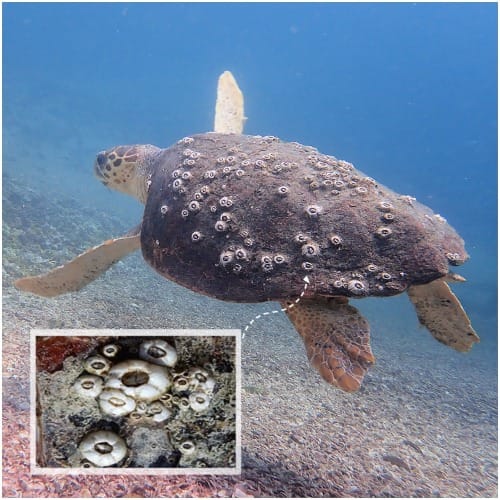
Photo: Inwater Research Group (Facebook)
Barnacles have evolved a unique reproductive strategy suited to their sedentary lifestyle. They possess both male and female reproductive organs and can self-fertilize, although cross-fertilization with neighboring barnacles is more common. Once fertilized, barnacle larvae are released into the water where they drift until finding a suitable structure to settle and begin their transformation into adult barnacles.
Despite their ecological importance, barnacles can also pose challenges for humans and private boat docks for rent. They can accumulate on ship hulls, increasing drag and fuel consumption, a phenomenon known as biofouling. This has led to significant economic costs for industries such as shipping and aquaculture, prompting efforts to develop antifouling technologies.
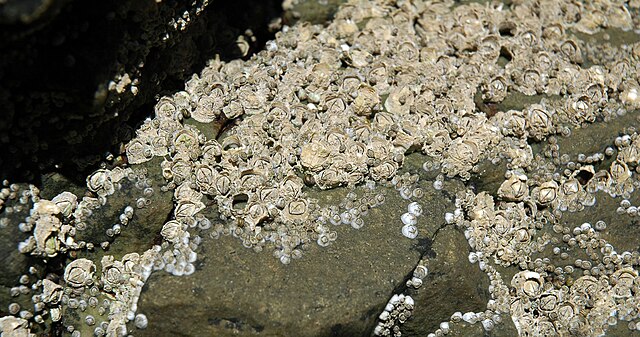
Photo: Wikimedia/James St. John/CC by SA 2.0
Barnacle Facts
- Despite their appearance, barnacles are actually crustaceans. They belong to the subclass Cirripedia and are distant relatives of crabs, lobsters and shrimp.
- Barnacles have a unique lifestyle compared to other crustaceans. They are sessile, meaning they permanently attach themselves to hard surfaces such as rocks, boat hulls, private boat dock rentals and even the skin of whales.
- Barnacles have evolved various adaptations to survive in their environment. Their shells are often highly resistant to desiccation, allowing them to survive periods of exposure to air during low tide. Some species can also close their shells tightly to retain moisture.
- Barnacles can be found in a wide range of habitats, from the rocky intertidal zone to deep-sea hydrothermal vents. They are particularly abundant in areas with strong currents or wave action, where they can efficiently filter feed.
- Some species of barnacles are remarkably long-lived. Some can survive for several decades, with the potential to outlive many other marine organisms.
Now that you know all these fascinating facts about barnacles, you’re probably interested in how to get the pesky creatures off of your boat hull.
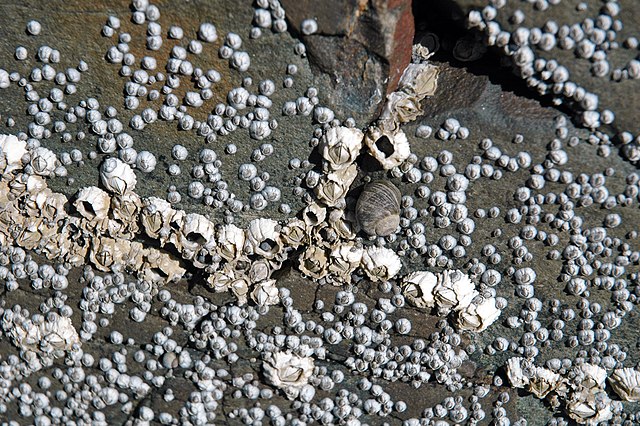
Photo: Wikimedia/James St. John/CC by SA 2.0
In addition to regular boat maintenance, checking for and removing barnacles is a common fact of boat life (unless you boat in freshwater, of course). Removing barnacles from a boat is a tedious but necessary task to maintain the vessel's performance and prolong its lifespan.
How to Remove Barnacles from a Boat
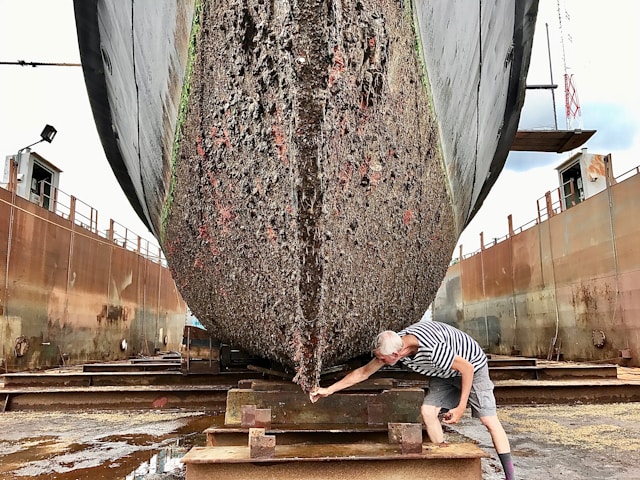
Photo: Unsplash
Safety First
Before starting any work at a private boat slip rental, ensure your safety. Wear gloves and protective eyewear to prevent any injuries from sharp barnacles or cleaning solutions.
Inspect the Boat
Begin by inspecting the entire hull of the boat, paying close attention to areas where barnacles commonly attach themselves, such as the hull, propellers, rudders and water intakes.
Prepare Cleaning Solutions
There are several cleaning solutions available for removing barnacles. You can use a commercial barnacle remover like Barnacle Buster, a mixture of water and vinegar or specialized marine cleaning solutions. Choose a solution that suits your preference and the material of your boat's hull.
Soak and Soften
If the barnacles are particularly stubborn or have been attached for a long time, soaking them in the cleaning solution can help soften them and make them easier to remove. Let the solution soak into the barnacles for the recommended time as per the product instructions.
Scrape Off Barnacles
Use a scraper or putty knife to gently scrape off the softened barnacles from the surface of the boat. Work systematically, starting from one end and moving towards the other. Apply moderate pressure to avoid damaging the boat's surface.
Use a Wire Brush
For more tenacious barnacles or for areas where scraping is difficult, a wire brush can be effective. Use the wire brush to scrub away the remaining barnacle residue. Be cautious not to scrub too hard, especially on painted surfaces, as it may cause damage.
Rinse Thoroughly
Once you've removed the barnacles, rinse the entire area thoroughly with fresh water. This will wash away any remaining debris and cleaning solution, preventing any potential damage to the boat's surface.
Inspect and Repeat if Necessary
After the cleaning session at a private boat lift for rent, inspect the boat again to ensure that all barnacles have been removed. If any stubborn barnacles remain, repeat the cleaning process until the surface is completely clean.
Apply Protective Coating
To prevent barnacles from reattaching to the boat's surface, consider applying a marine-grade antifouling paint or coating while at the private boat slip rental. These coatings create a slippery surface that makes it difficult for barnacles to adhere to.
Regular Maintenance
To avoid the buildup of barnacles in the future, perform regular boat maintenance, including cleaning the hull and inspecting for any signs of barnacle attachment. Promptly remove any barnacles as soon as they are noticed to prevent them from multiplying and causing further damage.
The next time you’re hanging out at your marina or private boat lift for rent, do a once-over for these crusty little creatures. Catching them early makes the task a whole lot easier. Happy boating!
